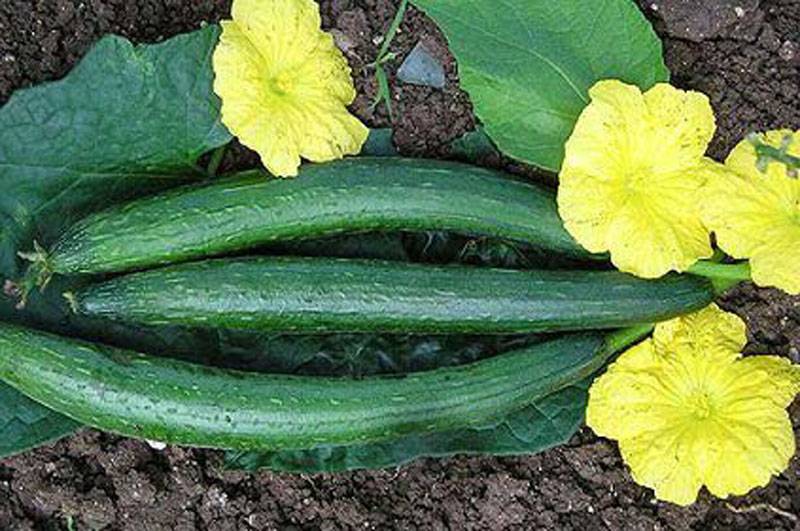Crops
Sponge gourd

Sponge gourd
Sponge gourd (Luffa cylindrica), also known as "luffa," is believed to have originated in tropical Asia, with early cultivation in India and Southeast Asia. It has been used for centuries as both a vegetable and a natural sponge, gaining popularity across tropical regions.
Global Area and Production
Sponge gourd is cultivated in tropical and subtropical regions worldwide, with major producers being India, China, and parts of Southeast Asia. India is a leading producer of sponge gourd, where it is grown both for its edible young fruit and fibrous mature fruit used in making natural sponges.
Uses of Sponge Gourd
- Culinary: The young fruit is cooked and consumed as a vegetable, often used in stir-fries, soups, and curries. It has a mild flavor and a soft texture when cooked.
- Industrial Uses: The mature fruit is dried and used to make natural luffa sponges, which are popular for bathing and cleaning.
- Medicinal: Traditionally, sponge gourd has been used in folk medicine to treat various ailments such as inflammation, skin conditions, and respiratory issues.
Sponge Gourd Cultivation in India
Major Producing States
The main sponge gourd-producing states in India include Uttar Pradesh, Bihar, West Bengal, Odisha, and Maharashtra. It is widely grown during the summer and monsoon seasons, particularly in regions with warm climates.
Climate Requirements
- Temperature: Sponge gourd thrives in warm climates, with an optimal temperature range of 25-35°C. It requires a long, warm growing season to mature fully.
- Rainfall: The crop needs moderate rainfall, around 600-900 mm, and benefits from well-distributed rainfall or supplementary irrigation, especially in dry areas.
Soil Requirements
Sponge gourd grows best in well-drained sandy loam or loamy soils rich in organic matter. It prefers a soil pH range of 6.0 to 7.5. Good drainage is essential, as waterlogging can lead to root rot and affect the crop's yield.
Blog
Explore Our Blog
About Us
Welcome to Agriplaza
Welcome to Agriplaza. India's first and only comprehensive digital platform dedicated to agriculture and farmers. Explore widest range of related data our figures speaks a lot.
626579
Visitors
239
Diseases
131
Pests




